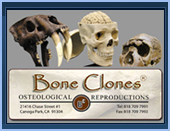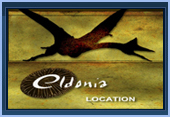일반명 : 양치식물화석(Fern fossils)
학명 : Alethopteris. sp.
지질시대 : Late Carboniferous(Pennsylvanian (320 million years ago)
지층 : Llewellyn Formation
원산지 : St. Clair, Schuylkill County, Pennsylvania, USA
Description:
The Pennsylvanian Period in the northeastern United States was a time of lowlands and forested swamps surrounded and often periodically covered by shallow seas. Trees, some 150 feet tall, and seed ferns were very abundant in this low swampy land. These plants were the organic material that was buried and later, because of pressure and time, commonly was altered to coal.
This 1.2-meter by 1.8-meter (4 x 6 foot) slab of fossil-bearing Llewellyn Formation comes from the Southern Anthracite Coal Fields of eastern Pennsylvania. The formation is composed of a fine-grained detrital sedimentary rock (shale) formed by the compaction of clay, silt, and (in this case) trapped plant remains. Plant fossils commonly found in the Llewellyn Formation include stems and trunks, roots, cones, seeds, and leaves. Locally there are some arthropods (insects). The leaves seen on this slab are not true ferns, which bear spore cases on the undersides of their leaves, but they are seed ferns.
Now extinct, seed ferns (Gymnosperms) were prevalent during the Carboniferous (Mississippian and Pennsylvanian 345 - 280 million years ago). Some species reached heights of 30 to 40 feet. Reproduction was by seed rather than by spore. They did not flower, and their seeds were not fully enclosed.
Neuropteris and Alethopteris are two examples of seed ferns in this fossil slab. Neuropteris has oval leaflets, which alternate on either side of the stem, and its leaves have curved veinlets. Alethopteris has long, blade-like leaflets that are wider at the base. Its mid-rib vein is also very distinctive. These ferns accumulated in the fresh-water swamps, where they were buried along with the clay and silt to eventually be transformed into coal. The plant tissue was slowly replaced by pyrite. Subsequently, with deeper burial, the pyrite was replaced by a white coating of the mineral pyrophyllite.












































 수량을 선택해주세요.
수량을 선택해주세요.





































